The changing dynamics of African mining and energy
MEDIA STATEMENT / This content is not written by Lothbrok Media, but is a supplied media statement.
By Melodie Michel, Reporter, Energy and Mines
The business case for adding renewables to the energy mix should be a no-brainer for African mines: solar generation is widely available and has the potential to improve the reliability of power systems and reduce the risks associated with transporting diesel over thousands of kilometres, all the while reducing costs.
But renewable projects on the continent remain few and far between, especially compared to other regions. Among recent initiatives, one can name B2Gold’s 30 MW solar plant at the Fekola Mine in Mali, Iamgold’s 15 MW solar hybrid at the Essakane Mine in Burkina Faso or Resolute Mining’s 20 MW solar plant at the Syama Mine in Mali.
“In 2012, there was a first 1 MW solar hybrid implemented at a mine in South Africa and everybody felt like this was breaking the resistance of miners to implement renewable energy,” says Martin Schlecht, Chief Operating Officer at Suntrace. “But then it took a couple of years for the next projects to be approved. Miners are conservative in their thinking. Solar energy fluctuates and they didn’t want to risk losing production time. The reliability of the power supply is way more important than cost for them.”
Diesel risks
Diesel and heavy fuel oil (HFO) are the most popular way to ensure continuous production on the African continent, seeing as electricity grids are rarely available for their operations, and even when they are, reliability is not guaranteed.
Ronald Halas, Chief Operating Officer at Global Atomic Corporation, explains: “Challenges for African mine operators can include the complete lack of nearby grid power, the reliability of grid power if it is available, as well as the cost of grid power. For many remote sites where grid power is not available or too unreliable to depend on, mine operators must install their own generators and the transport of diesel or heavy fuel oil over hundreds or even thousands of kilometres, is extremely expensive and contributes to GHG emissions.”
For its new Dasa Mine in Niger, Global Atomic Corporation plans to have a mixture of grid power and on-site solar power. Halas points out that while the mine is conveniently located just a few kilometres from a main power line, the installation of additional solar generation onsite is seen as an environmentally responsible and cost-effective solution to hedge against periods of higher oil prices. “It is our intention to enter a Power Purchase Agreement for our mine in Niger and pay for our monthly usage of solar power generated on site. We consider this the appropriate approach to manage the capital and operating costs of our new mine to be built. It gives the investors or lenders confidence that the power costs can be fixed over a significant period of the mine life, and that there should not be any spikes in power costs once the mine is built, as would be the case where a mine is built based, on, say a $50/barrel oil cost and oil unexpectedly rises to $100 per barrel,” he adds.
Oil price volatility is an obvious deterrent for miners, who like to have visibility over their long-term energy costs since these are a very large portion of their overall production costs. But the fact that oil has to be transported by truck over very large distances — and sometimes across borders — brings other kinds of risks, too.
Suntrace is supporting B2Gold in the implementation of a 36 MWp solar plant and 15 MWh battery at the Fekola Gold Mine in Mali, a project currently under construction and due to be completed next year, that will displace 13.1 million litres of HFO annually. Schlecht explains that the oil used at the mine has to be transported over 1,000 km from a port in Senegal to landlocked Mali. In August 2020, political turmoil in Mali led members of the Economic Community of West African States, or ECOWAS, to close all their borders with the country, leaving cargo stranded for a few days until borders reopened. “If something like this is not resolved quickly, it can impact the mining operations a lot. Fossil fuels present a supply challenge that could be resolved by putting renewables on site,” Schlecht adds.
Life of mine
Despite the obvious benefits of adding renewable to the energy mix, it remains difficult for many African miners to find the appetite for such projects — namely because of life of mine limitations. Oliver Milambo, Responsible Sourcing Manager at AngloGold Ashanti, takes us through the decision process his company went through in 2014, when it decided to upgrade its power station at the Geita Mine in Tanzania. “We put out a solar tender, we wanted companies to bid for renewables as well, in line with ESG principles and as a way of reducing costs,” he says. “In terms of price it was competitive, but for us to do solar by ourselves, the capital requirement was too high. There was also the issue of security in the area of a potential PV plant. So we looked at a solar PPA as an alternative. The price was competitive, but most of them wanted a contract of minimum 15 years, and our life of mine was less than that, so again we didn’t have the appetite to commit to that.” In the end, the mine went from relying on HFO to diesel.
Since 2014, AngloGold Ashanti tried to source renewables again in Ghana, and then in Guinea. But both times, the size of the capital investment or the length of the PPA sank the business case. Still, Milambo is hopeful that things are changing for the better.
“Now because of ESG requirements from investors, there is a ground shift, and we somehow have to make it happen. We are connecting with developers and other stakeholders, putting our heads together to find a mutually acceptable solution. The second change from 2014 to now is the unit cost for the solar technology that has gone down. But the impediment of life of mine still hasn’t improved,” he notes.
To overcome the life of mine challenge, miners in Africa are looking for commercial innovation and flexibility on the part of IPPs. Halas names “creative financing solutions based on a short mine life” and “easily installed and then removed renewable solutions that make economic sense over short periods of time” as two of the potential avenues for improvement.
Commercial and regulatory hurdles
For remote operations, there are two main ways to integrate renewables: self-generation, whereby the miner owns the renewable resource that can either be self-built (as in the case of the Fekola Mine) or delivered through an EPC contract; and renewable PPAs, where the mining company buys electricity from a renewable IPP, which owns the facility on-site (like at the Essakane Mine).
Justifying the CAPEX investment required for self-generation is hard for many miners, but Halas points out that future power costs should be taken into account in the decision. “If the renewables can reduce the mine operating costs, then the mine life may potentially be extended, thus providing a longer time to amortize the investment in renewables. From a strategic planning point of view, cut-off grades for mining decisions are typically calculated based on future operating costs, and not on sunk capital costs. If one can take the future power cost, or some fraction of the future power cost, out of these calculations, then cut-off grades decline, while mine reserves and the life of the mines increase. This is yet another way that renewables can provide benefits to the company and country by increasing the life of mine, while reducing carbon emissions,” he says.
On the PPA side, Schlecht admits that the commercial goals of miners and IPPs may not be on the same line. “The misalignment in commercial structure between the mining and energy industries makes negotiating cost-effective renewable contracts difficult. For example, 20-year power purchase agreements — the predominant contracting mechanism used by renewable energy developers — are not well aligned with the life-of-mine projections and the energy flexibility required for off-grid mine operations,” he says. Furthermore, adding a solar hybrid at an existing mine means having to deal with existing energy infrastructure and operations.
It may be considered easier to switch to renewables for grid connected mines: PPAs could be more flexible on the basis that, should the mine shut down, the IPP would be able to sell power to the rest of the grid. But even on the grid, things are not as easy as they seem. First, miners have to wait until their current contract expires before they can change providers. And secondly, the integration of renewable energy into national grids has to be approved by local governments.
Tsakani Mthombeni Executive, Sustainable Development at Impala Platinum, explains: “Grid-tied renewable energy systems inevitably require some level of regulatory change — in most cases these are new developments and disruptive to conventional energy supply systems. This is a challenge, particularly for developing nations. For both grid-tied and remote operations, the size of the proposed renewable energy system required is an issue. For example, in South Africa, the regulator has a set 10 MW limit on the size of the proposed plant, which is too small to service the energy needs of many mines.”
Shifting priorities
Like everywhere else in the world, miners in Africa are under increasing scrutiny from all stakeholders but particularly from investors, who expect to see environmental measures taken at all levels of the operations. This is changing the way miners see renewable integration, from a nice ESG addition to a business necessity. Luckily, the continuous drop in solar prices make the business case much more attractive today than a few years ago.
“Solar is currently the lowest-cost energy generation technology you can have. It’s lower than anything else. The problem is it’s fluctuating. Then comes batteries in the picture, where the price has also come down, but it’s still expensive. A large battery to substitute all fossil fuels doesn’t make economic sense today, but with battery prices dropping, this economic situation will improve continuously,” says Schlecht.
Eventually, each mining company will have to find their own approach for implementing, structuring and financing renewable projects. For off-grid mines, each mine requires its individual solution, considering mine management and existing infrastructures. For on-grid mines, industrial pooling, where several mining companies commit to buying renewable electricity from a producer to ensure the viability of the construction of a plant in their area, could be an interesting solution to explore, he adds.
At Impala, Mthombeni takes comfort in the fact that commercial innovation is starting on the continent. “It is encouraging to see that in parallel to technology improving, so too have business models and commercial deal-structuring models. For example, we are now seeing rental systems on shorter PPA tenures, as well as innovations such as re-deployable energy systems. These developments are designed to reduce the conventional technology and commercial hurdles,” he says.
The mining sector’s energy transition may be slower in Africa than in other regions of the world, but like everywhere else, its success will depend on miners’ commitment, energy providers’ creativity and the realization that every mine requires a different technical and commercial solution. And with each new project that comes online and proves the viability of renewable integration on the continent, these conditions are improving.
Share this content:


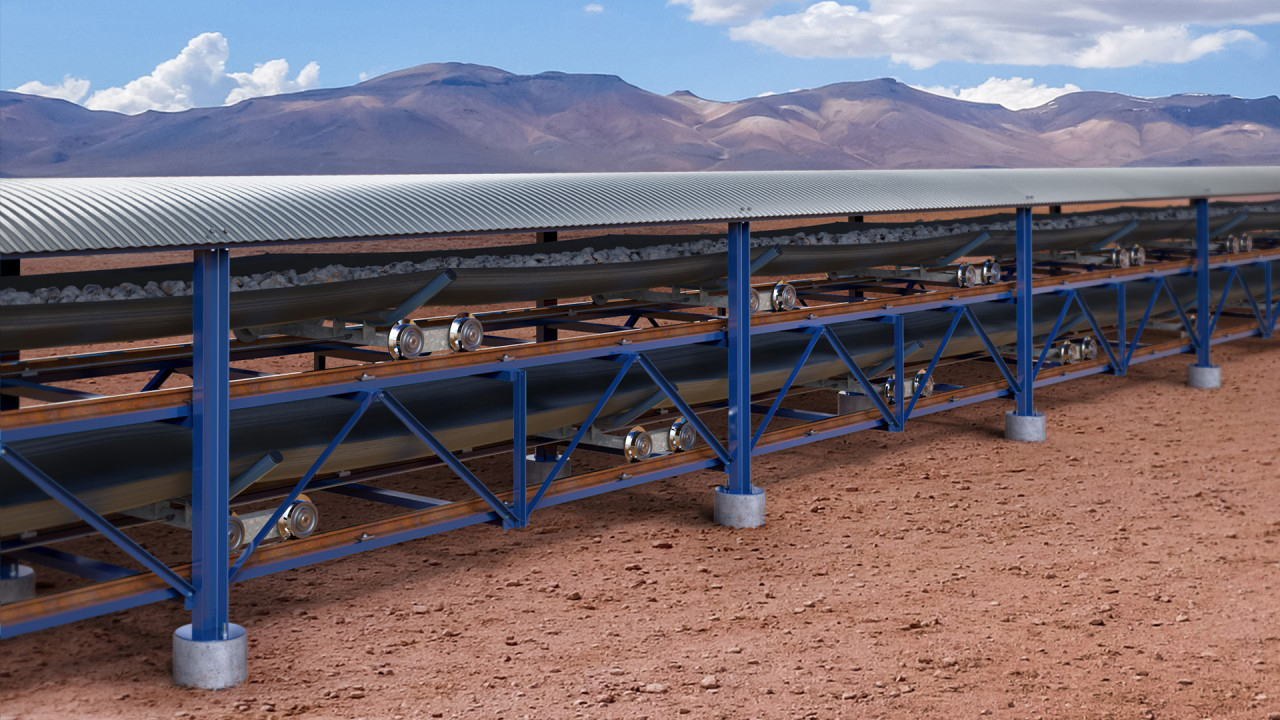
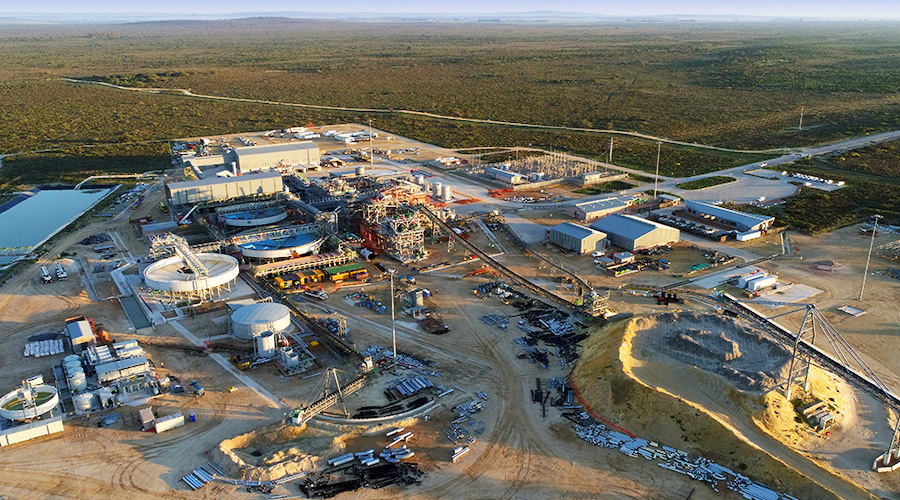

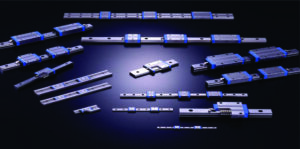





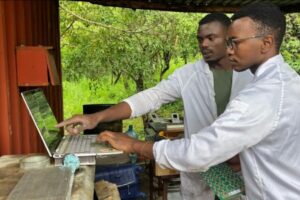


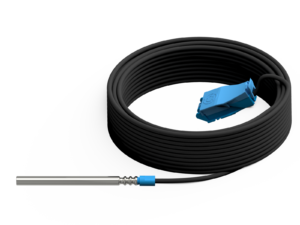
Post Comment